When a group of people come together to achieve a common goal, conflict becomes inevitable. However, conflict in the workplace can be effectively managed with proper communication.
Embrace the conflict
If you are facing constant conflict with your team member, then you should know that workplace conflict is common. According to research, over 85% of working people experience conflict in the workplace. Moreover, 29% of employees claim they cope with workplace conflict on a daily basis.
However, when you try to avoid or eliminate workplace conflict, it can actually get worse. We need to accept and embrace conflict in the workplace in a healthy way, as if it is an unwritten part of our job description. Irrespective of how much we try to eliminate it, the fact remains that we can never truly escape from conflict.
In a Forbes article, author, leadership advisor and chairman at N2Growth, Mike Myatt writes “conflict in the workplace is unavoidable. It will find you whether you look for it or not. The ability to recognize conflict, understand the nature of conflict, and to be able to bring swift and just resolution to conflict will serve you well as a leader – the inability to do so may well be your downfall.”
Vanessa Van Edwards, national best selling author and founder of Science of People, shares a similar belief. In a recent post, she writes “Trying to eliminate conflict entirely won’t get you very far – the solution is learning to handle it properly when it does arise.”
Is conflict affecting your work? Read How To Deal With Passive Aggressive People In Your Life
Workplace conflict primarily signifies that there is a lack of clear communication between team members. It also means that they are not properly equipped to deal with disagreements, arguments and conflict in a healthier way while working.
Mike writes “Conflict rarely resolves itself – in fact, conflict normally escalates if not dealt with proactively and properly. It is not at all uncommon to see what might have been a non-event manifest itself into a monumental problem if not resolved early on.” He adds “Unresolved conflict often results in loss of productivity, the stifling of creativity, and the creation of barriers to cooperation and collaboration.”
Stress and conflict: A match made in the workplace
Even if you have an excellent team composed of talented and skilled members, it is highly likely that you will experience conflict in the workplace eventually. And one of the main reasons for workplace conflict is work-related stress.
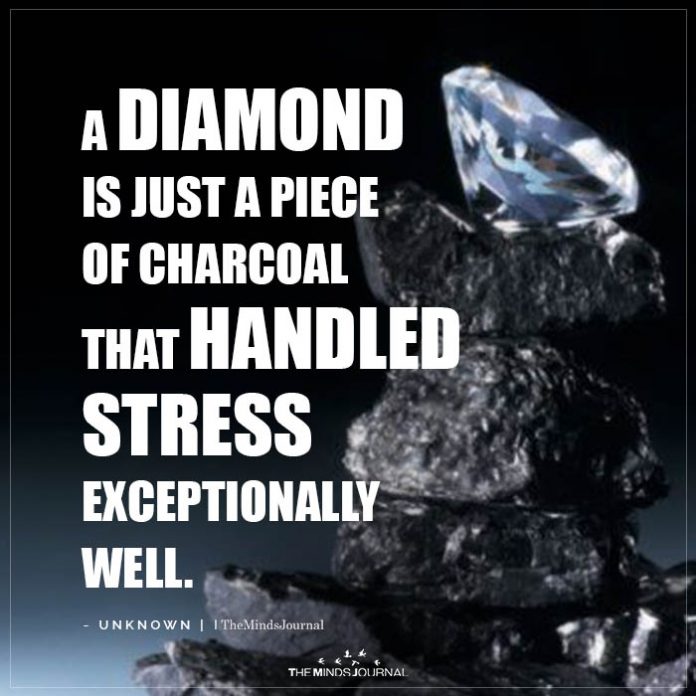
According to a 2016 study, occupational stress can often lead to conflict at work and in personal life. Moreover, it can also lead to depressive symptoms. The study states “Previous studies in various populations suggest that social anxiety, work-related stress, and stressful life events may contribute to depression. Various occupational stressors have been identified as potential risk factors for depressive symptoms.”
The research paper adds that depression “can result in direct economic costs by reducing productivity, because depressive symptoms have an impact on their decision-making and ability to get along with others.”
Do you feel stressed at work? Read How to Stop Absorbing a Coworker’s Stress
According to author Vanessa Van Edwards, “an estimated 34 percent of conflict is caused by workplace stress.” She adds that different kinds of workplace stress can lead to problems among team members. These can include issues like –
- Meeting deadlines
- Managing important decisions
- Mergers and acquisitions
- Loss of a team member
- Recruitment of a new team member
The toxic element
Apart from stress, sometimes conflicts can arise in the workplace due to certain difficult people. Some team members are just toxic individuals who are really difficult to get along with. The behavior of these toxic team members can not only affect the team dynamics, but also cripple the productivity of the team. Toxic personalities at the workplace are a reality and should be dealt tactfully.
Vanessa believes that “it is important that leaders carefully manage such individuals. Left without intervention, people with toxic personalities can cause immeasurable damage to the happiness and productivity of the entire team.”
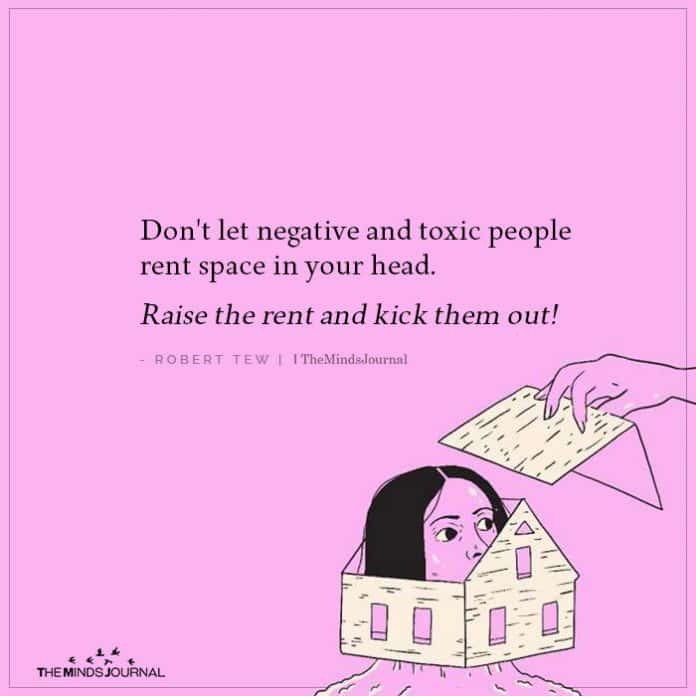
Estimates show that over 94% of employees have encountered at least one toxic personality at the workplace during their career. Vanessa adds “If you have somebody with this personality type on your team, conflict resolution is likely to involve more than just a sit down and chat.” Dealing with toxic coworkers may require the management to rearrange teams or other disciplinary measures.
Coping with toxic teammates? Read Toxic Coworkers: Dealing With 7 Most Dangerous Work Personalities
Understanding conflict in the workplace
Conflict refers to negative feelings like anger, revulsion, contempt, anxiety & fear between groups or people in teams or relationships. However, conflict in the workplace is widely associated with office politics, disrespect, aggression, betrayal, ineffective management and dysfunctional communication. When left unresolved, conflict tends to escalate and intensify which may affect the entire workplace.
Did you know that conflict in the workplace can cost around $359 billion in lost time?
Moreover, a study conducted by the American Management Association (AMA) revealed that managers tend to spend around 24% of their time in managing conflict. That is time which is not spent productively nor is there any guarantee that it will lead to healthy conflict resolution.
There is no doubt that workplace conflict can severely affect productivity and business functions. But what triggers such a type of behavior? Vanessa Van Edwards believes the following triggers may be at play:
- Lack of effective communication
- Changes in the organization
- Excessive work pressure
- Lack of understanding
- Personality clashes
- Lack of established jurisdiction
- Conflict of interests
Unfortunately, as conflict intensifies, it completely ruins effective communication among the members of the team, leading to aggression, abuse, bullying, confrontation, rumors and other damaging behaviors.
However, understanding conflict and why it takes place can help us to manage it and prevent it from arising in the future. Vanessa suggests “Learning the psychology behind workplace conflict and why it occurs is the biggest weapon you can have to protect yourself and your team when it inevitably arises.”
Is work leaving you drained? Read 6 Hacks To Be Happier At Work, Backed By Science
The psychology of workplace conflict
Throughout human evolution, we have experienced innumerable conflicts over essential resources that have allowed us to survive and thrive. Hence, our conflict response system has evolved to protect us and ensure that we survive.
Vanessa writes “Inside our brain, we have two amygdala. They sit behind our eyes, and work in a way comparable to an intruder alarm by raising the alarm in response to danger.” The amygdala alerts us when there is a threat and leads to a series of chemical releases, like cortisol and adrenaline.This process is known as the fight or flight mechanism or the stress response.
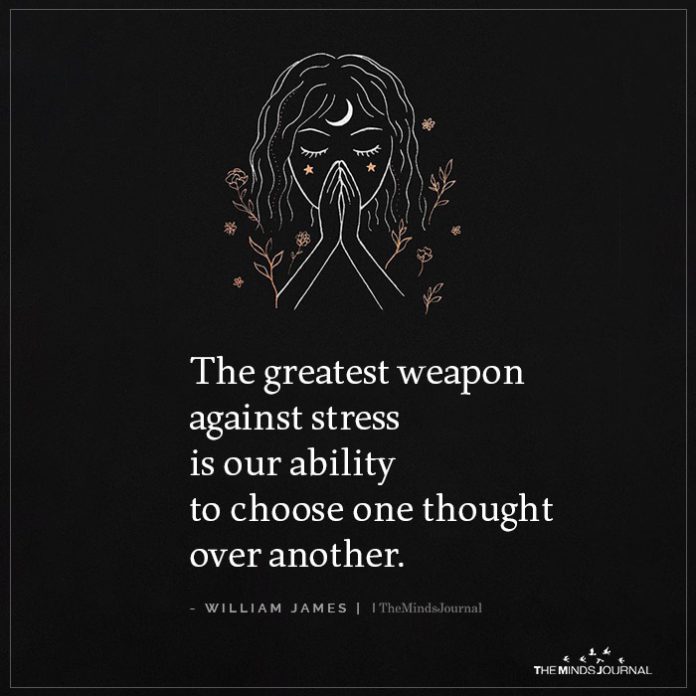
Vanessa adds “While defending our home from wolves might be a threat long lost to our ancestors’ history, protecting our reputation in front of our boss elicits exactly the same response.” When we get ready to run towards or away from our enemy or the threat, several unconscious, physical changes occur in us. However, the changes inside the brain is perhaps the most crucial. “The activation of the amygdala shuts down the brain’s pathway to the prefrontal cortex – the part of your brain responsible for making complex and rational decisions,” writes Vanessa.
Too much negativity around you? Read How to Stay Positive around Negative People
How our brain works during conflict may offer us a profound understanding why we react the way we do and how we can better manage conflict.
How to manage conflict in the workplace
When conflict is starting to affect your productivity and the effectiveness of your team it’s time for you to implement effective conflict management strategies. “Conflict management is a series of methods and techniques that leaders and managers (or anyone else) can use to handle problems that arise within the team,” says author Vanessa Van Edwards.
Leadership advisor Mike Myatt writes in Forbes, “Developing effective conflict resolution skill sets are an essential component of building a sustainable business model… good conflict resolution ability equals good employee retention.”
Here are a few strategies that will help you to efficiently manage conflict in the workplace:
1. Determine its importance
Not all conflicts need to be addressed. “Pick your battles and avoid conflict for the sake of conflict,” suggests Mike Myatt. If you believe that the problem, issue or circumstance is important enough and it has the potential to affect your business, then it’s crucial that you resolve it. The key is open communication without any hierarchical gaps.
However, if the conflict is not that important, then “it might be worth just letting it be and seeing if it resolves itself. This can cause less conflict than if you get involved,” suggests Vanessa.
2. Know the facts
When there is conflict in the workplace, there is bound to different versions of what the truth is. And in most cases reaching a mutually agreeable resolve will not be possible. This is why it is important that you collect all necessary information and stick to the facts. Make sure you avoid all personal emotions, grudges and agendas when dealing with conflict.
Vanessa writes “You need to know everything about the situation at hand…Get yourself up to date and learn everything you can about the background of the situation – it will help provide valuable context and you will have a better chance of resolving the conflict.”
3. Listen to understand
When trying to resolve conflict, it is important to listen to the other person with the intention to understand, instead of with the intention to react. Understand what they are trying to say without interrupting them. Once they are done speaking, ask questions to make sure you understand them clearly.
“Simply nodding your head along won’t cut it. Listening actively and empathetically makes it easier to generate trust, appreciate each other’s positions and identify shared interests,” writes Kandarp Mehta, Senior Lecturer of Entrepreneurship and Negotiation Teaching Unit, IESE Business School.
In an article on Entrepreneur, serial entrepreneur Mike Kappel writes “It’s essential to give your complete attention to the person who is talking. Do not interrupt the other person.” Take steps to ensure to understand their message the way they intend to. Kappel adds “Rephrase and repeat back what you’ve heard to confirm understanding.”
4. Decide a course of action
Once you have gained some understanding about the conflict in the workplace, you need to identify the underlying need. According to a post by the University of California, Berkeley, “The goal of conflict resolution is not to decide which person is right or wrong; the goal is to reach a solution that everyone can live with. Looking first for needs, rather than solutions, is a powerful tool for generating win/win options.” Once you have identified their needs, you can focus on the solutions that can satisfy those needs. This where you need to determine which actions will be taken.
Vanessa Van Edwards writes “Consider everyone’s interests when you’re deciding the best course of action, and make sure you keep your own bias as far away from your decisions as possible. Instead, try to view the situation from various angles.”
5. Create a platform for open communication
Establish a line of communication that is open and understanding to address the conflict. Here every involved individual can have the opportunity to voice their concerns without the fear of being judged or criticized. When they can express what they feel about the situation without being interrupted, they will feel heard and the level of tension will decrease. This will help to calm all parties involved and enable the mediator to focus on the actual issue.
However, it is important that you decide on a neutral platform that is free from any bias. Vanessa Van Edwards writes “Often, it is best to avoid your own office for the purpose of conflict resolution – this will immediately put people on edge. Instead consider a neutral meeting room; somewhere with privacy, and enough time to discuss everything without feeling rushed.”
Is your work making you depressed? Read Are You Feeling Depressed At Work? Is Your Job Making You Sick?
6. Focus on agreement
Although the conversation might concentrate on the issues and disagreements, it is important that you shift focus on the points everyone can agree upon. This will enable you to resolve conflict in the workplace. Mike Kappel writes “You should emerge from the experience with some positives instead of all negatives. Shed light on commonalities. Share examples or instances in which you agree with the other person or can see another point of view.”
7. Emphasize the lesson
An excellent way to cope with conflict in the workplace is to see it as an opportunity to prevent further disagreement. There is always a lesson in every conflict and once you know what it has taught you, your team and your organization, you will actually grow from it as a better and more efficient team.
Author Mike Myatt says “Where there is disagreement there is an inherent potential for growth and development. If you’re a CEO who doesn’t leverage conflict for team building and leadership development purposes you’re missing a great opportunity… Smart leaders look for the upside in all differing opinions.”
Take responsibility for conflict resolution
According to a recent survey by the Society for Human Resource Management, 72% of employees believe “respectful treatment of all employees at all levels” is the biggest factor in job satisfaction. Conflicts in the workplace are normal and, to some extent, healthy. However, workplace conflict must be resolved quickly and in a way that leaves everyone feeling satisfied in some way.
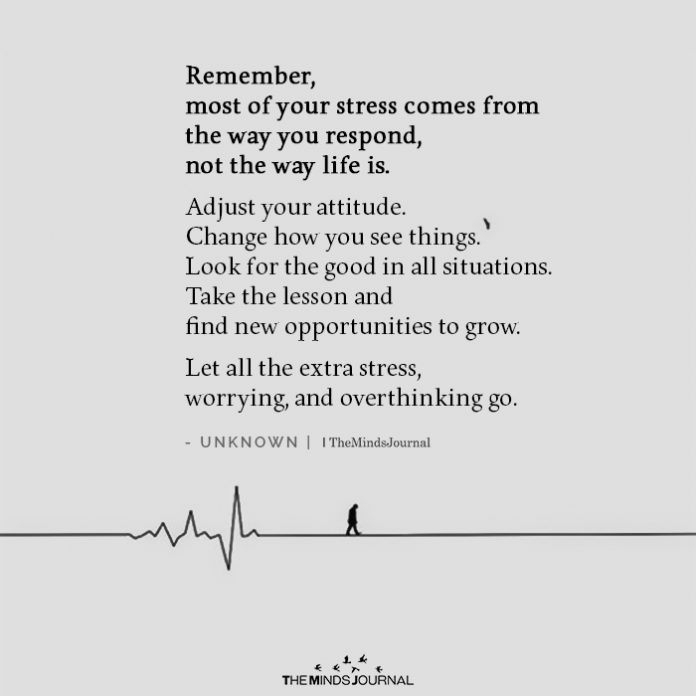
Mike Myatt concludes “I believe resolution can normally be found with conflicts where there is a sincere desire to do so. Turning the other cheek, compromise, forgiveness, compassion, empathy, finding common ground, being an active listener, service above self, and numerous other approaches will always allow one to be successful in building rapport if the underlying desire is strong enough.”
Both parties engaged in the conflict need to take their responsibility in conflict resolution and stick what they have agreed upon. Only then a win-win situation can be reached.
Want more? Read 3 Toxic Leadership Traits That Can Damage Your Organization
Here is an interesting video that you may find helpful:





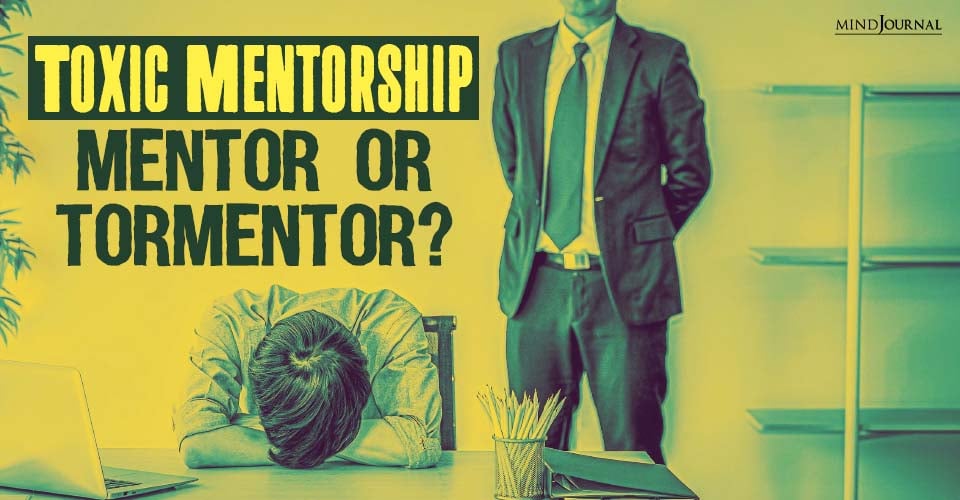

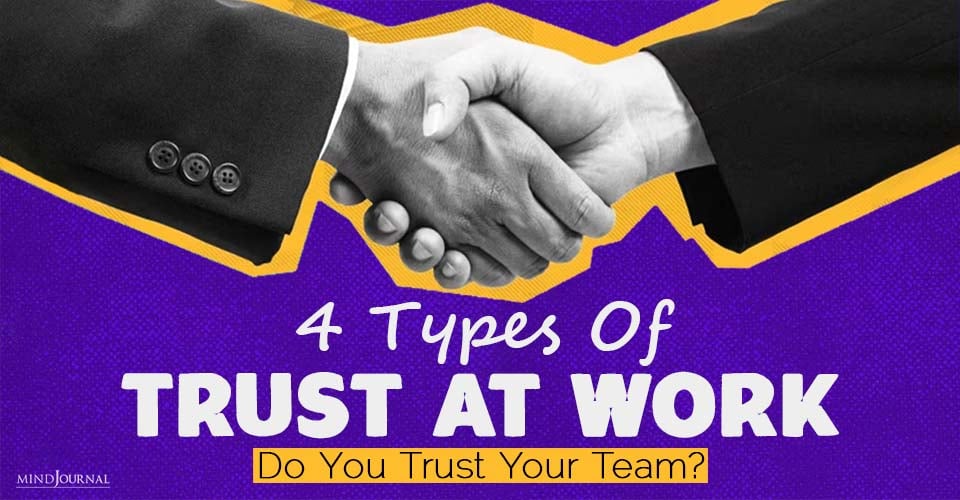
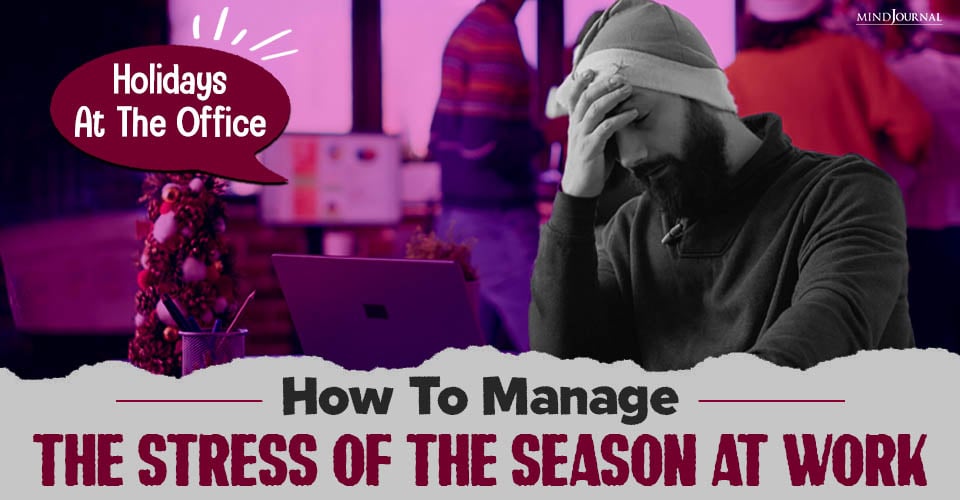
Leave a Reply